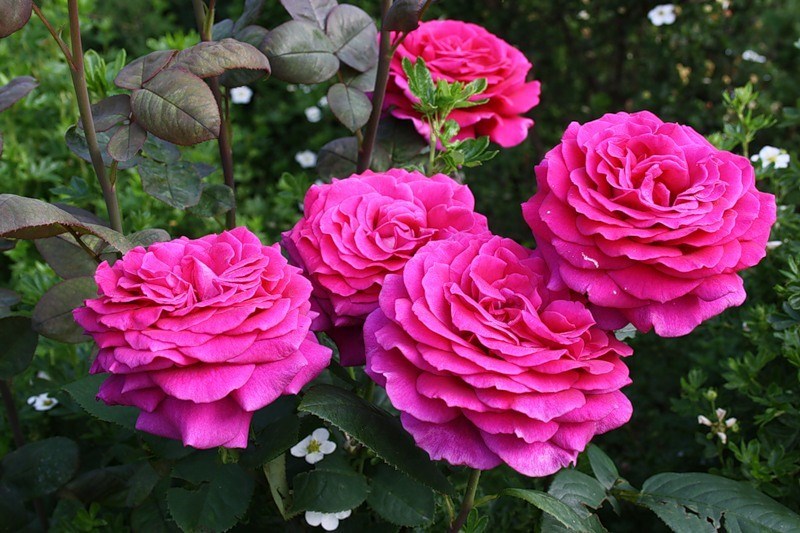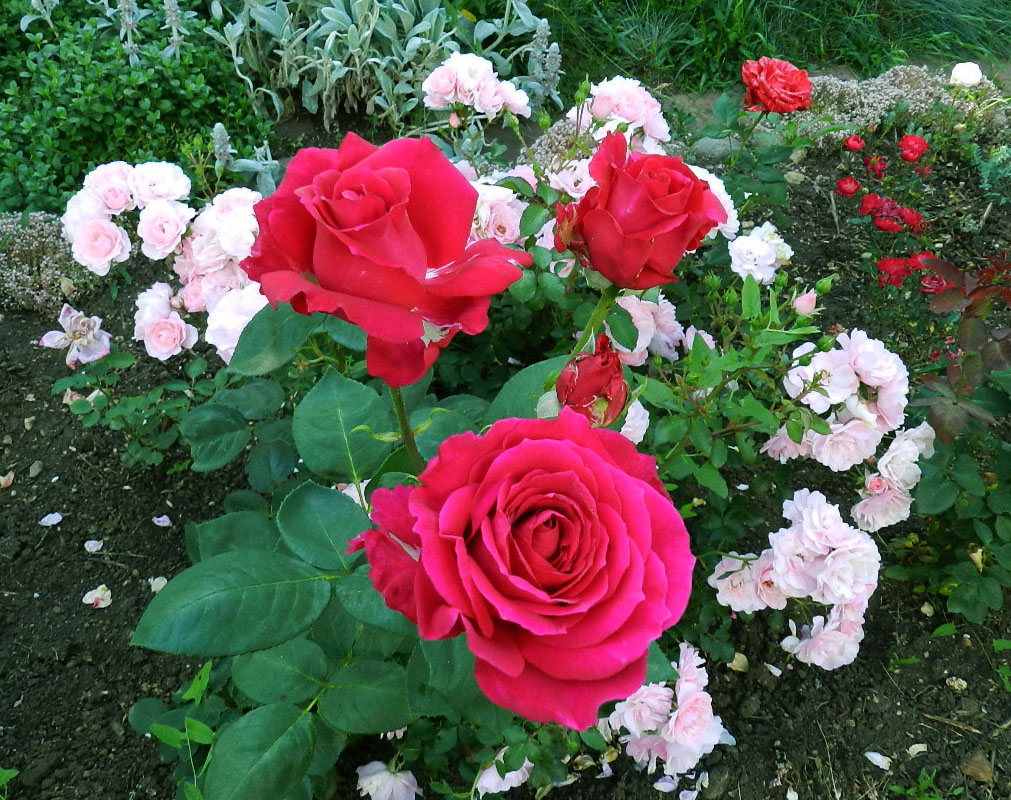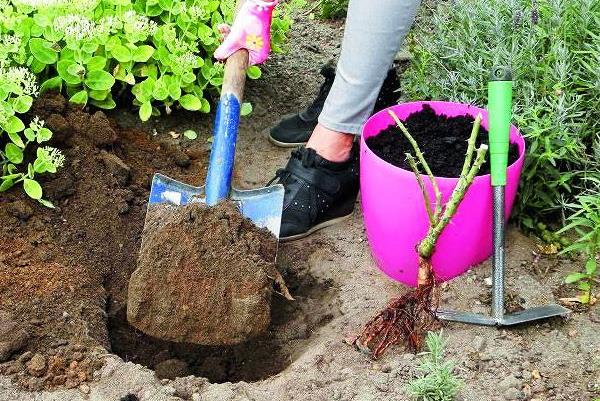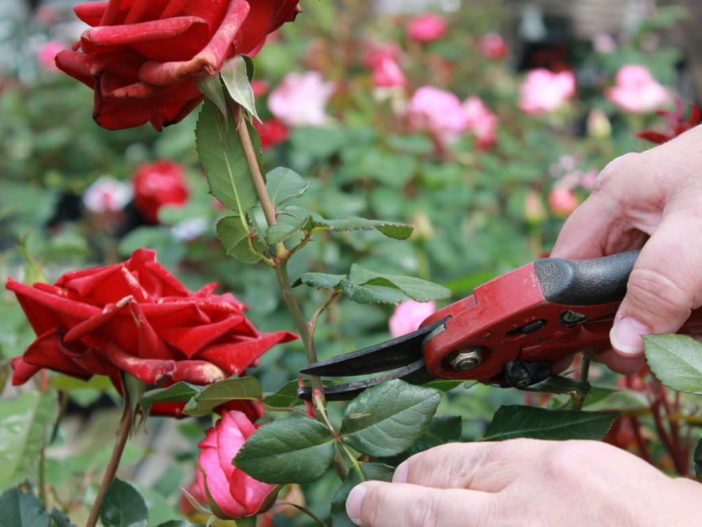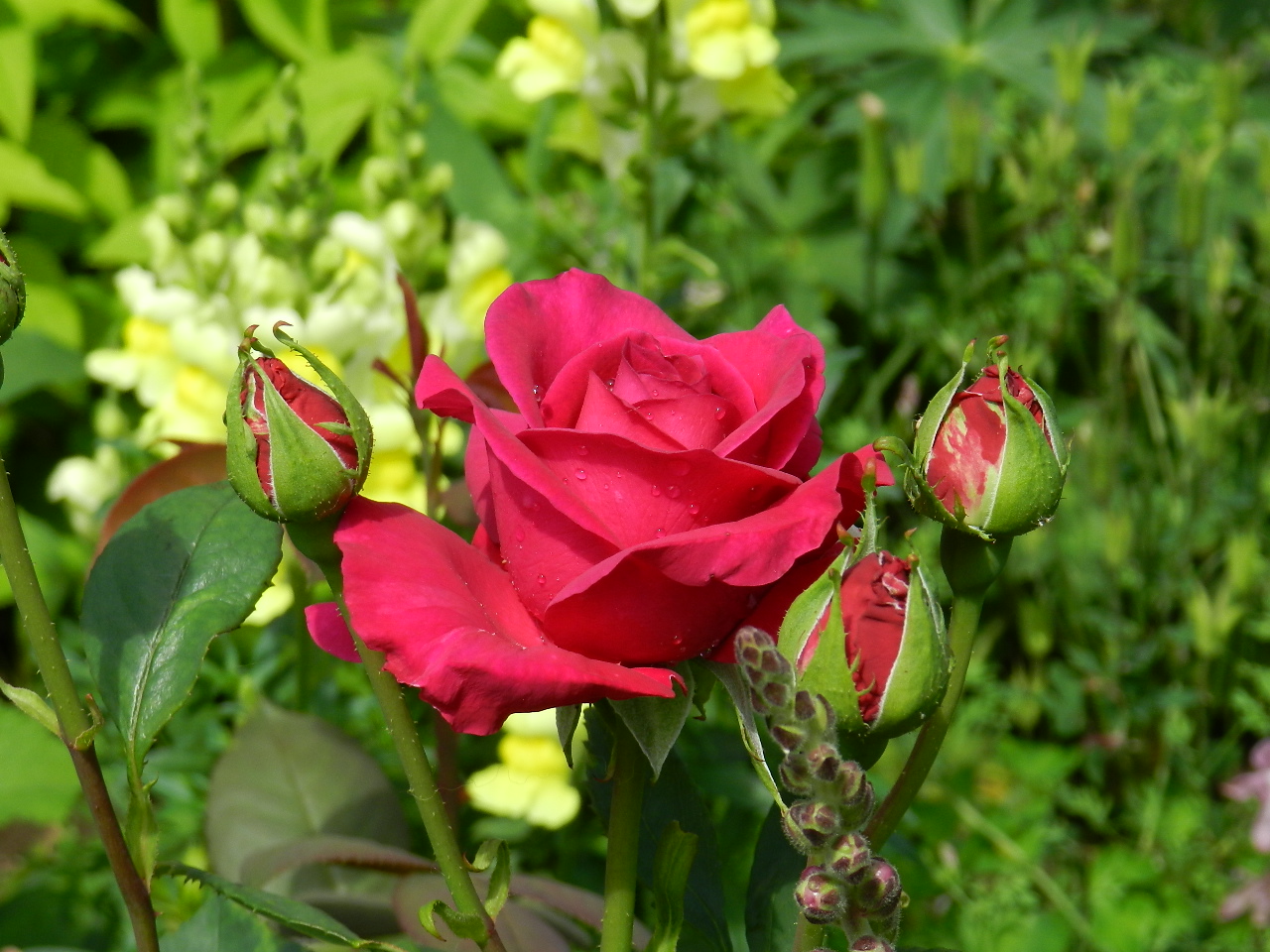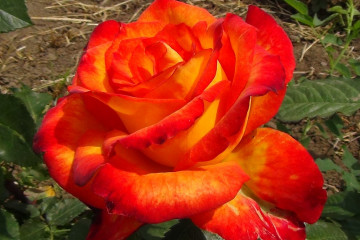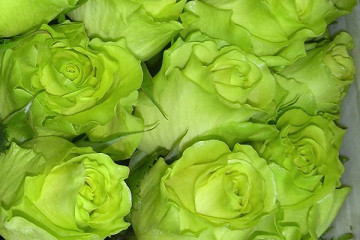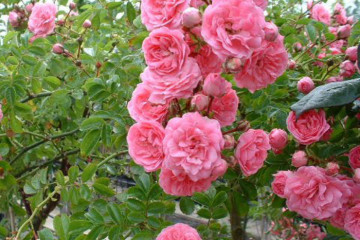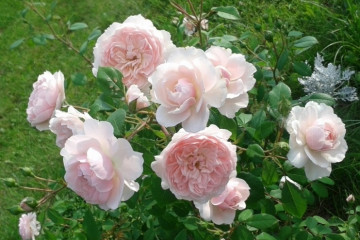Rose Big Purple - description of a varietal plant
Content:
Rose Big Purple has amazing beauty and aroma. It has a bright color of buds. This variety is often bred in greenhouses. He has other, no less important advantages.
Rose Big Purple - what is this variety
According to the description, Big Ash (hybrid tea roses) is a compact bush. Plant height 1.75 m. Width varies within 0.7-1.4 m. This variety is characterized by strong, upright stems. The large leaves of the traditional shape are green with a shade of gray.
The interesting color of the buds attracts attention. One flower perfectly combines purple, bright purple, pale purple and crimson shades. The number of petals in a flower can reach 45. Shades of petals become brighter in a cool, rainless summer. The flower diameter can be 10-12 cm.
The plant does not require much maintenance, it is winter hardy. The disadvantage of the variety presented is a small number of buds. At the very beginning of flowering, there are many of them. At the end of August, their number is significantly reduced. Another disadvantage is low resistance to fungal diseases, loss of shape and color due to moisture, burnout during bright sun.
Unlike other varieties of Big Purple, the rose was created not by an experienced breeder, but by an amateur P. Stevens, who worked as a secretary in the New Zealand Rose Society. He spent a lot of time on breeding this species. In 1985 he managed to do it. The New Zealand variety soon became popular all over the world. In 1999, the Big Purple rose was awarded the title of "Best Purple Rose" at the Canadian Exhibition.
Growing a flower
It is better to plant a rose using a seedling than seeds. To plant a plant, it is worth using an area that is well lit in the morning and becomes a little shaded in the second half. Sunlight has a positive effect on the brightness of the color of the buds and on the flowering process.
You can not practice growing a flower in rainy regions. Dampness will negatively affect it, the petals will droop.
The Big Pearl hybrid tea needs fertile soil. You need to plant it in loam, enriched with nutrients, or black soil. The best indicator of soil acidity is 5.6-6.5 pH. The swampy area is unsuitable for this variety, as it will grow poorly and be susceptible to disease. Groundwater should not exceed 1.5-2 m from the surface.
Seedlings with a closed root system are selected as planting material. They are sold in horticultural nurseries.The plant should not have mechanical damage, traces of insects and symptoms of diseases.
This rose bush is planted in the spring in mid-April. Before planting, the seedling is immersed in a solution of potassium permanganate for a day, which accelerates root growth. Additionally, you can use root. Too long or crippled roots are removed with pruning shears up to the healthy part of the plant. Instructions on how to plant a rose seedling:
- Dig a hole 60 cm deep.
- Place a drainage layer at its bottom - small pebbles, crushed stone or gravel with a thickness of 10 cm.
- Lower the seedling into the hole, spreading the roots and directing them down. Planting several seedlings is done at a distance of 1 m from each other. The neck of the seedling should be deepened by 15 cm.
- Fill the hole with soil and tamp it a little, water it abundantly.
Plant care
As with any plant, the rose must be looked after. In order for the bush to grow and bloom, you need to follow the following rules:
- weekly watering with melt, rain or settled warm water (15-20 liters per bush);
- constant loosening of the soil under the flower;
- elimination of weeds;
- in the fall, processing with Bordeaux liquid, thinning the bush and sanitary pruning of diseased shoots;
- reduction in watering in early autumn;
- hilling the earth with peat and sand before the onset of cold weather;
- covering roses for the winter with pine spruce branches or non-woven material;
- fertilizing the soil with phosphorus fertilizers in the spring and potash in the summer;
- spring pruning before bud break.
Blooming rose
The flowering process takes place throughout the summer period until the onset of autumn. Buds appear one at a time on long shoots. The most beautiful flowers are at the time of their blooming. After full disclosure, they lose their attractiveness a little. Over time, the bush grows more and more, and the lower parts of the shoots are bare. But the pleasant smell remains the same.
Before flowering, pruning should be done to improve this process. During flowering in the summer, they get rid of faded buds to stimulate the emergence of new flowers. Several times a season it is recommended to treat the bush with a fungicide solution for preventive purposes.
Flower propagation
To preserve its decorative and varietal qualities, the Big Purple rose is propagated by cuttings. Cuttings are cut after the first wave of plant flowering. The length of the cutting is needed 15-20 cm. The presence of healthy kidneys is essential.
The stalk, rooted in the enriched soil, is covered with a glass cover. Then he goes to a warm and well-lit place. He needs irrigation from a spray bottle, ventilation. When it gets stronger, it should be planted in open ground in the spring.
Diseases, pests and ways to control them
The plant resists most diseases well. Exceptions include:
- Black spot. The manifestation of the disease is black and brown spots of a round shape on leaves, shoots, lignified branches and sepals. The bush will be cured by means such as abiga-peak, topaz, speed.
- Powdery mildew. The main signs of the disease are white bloom on leaves, shoots and buds. The reason is lack of sun. Drugs such as bayleton, baktofit will help to solve the problem.
Insects that harm the plant include caterpillars, slugs. They can be eliminated manually.
This is how, easily and simply, you can grow a variety of roses of stunning beauty on your site.The main thing is to adhere to the planting and care instructions described above.
